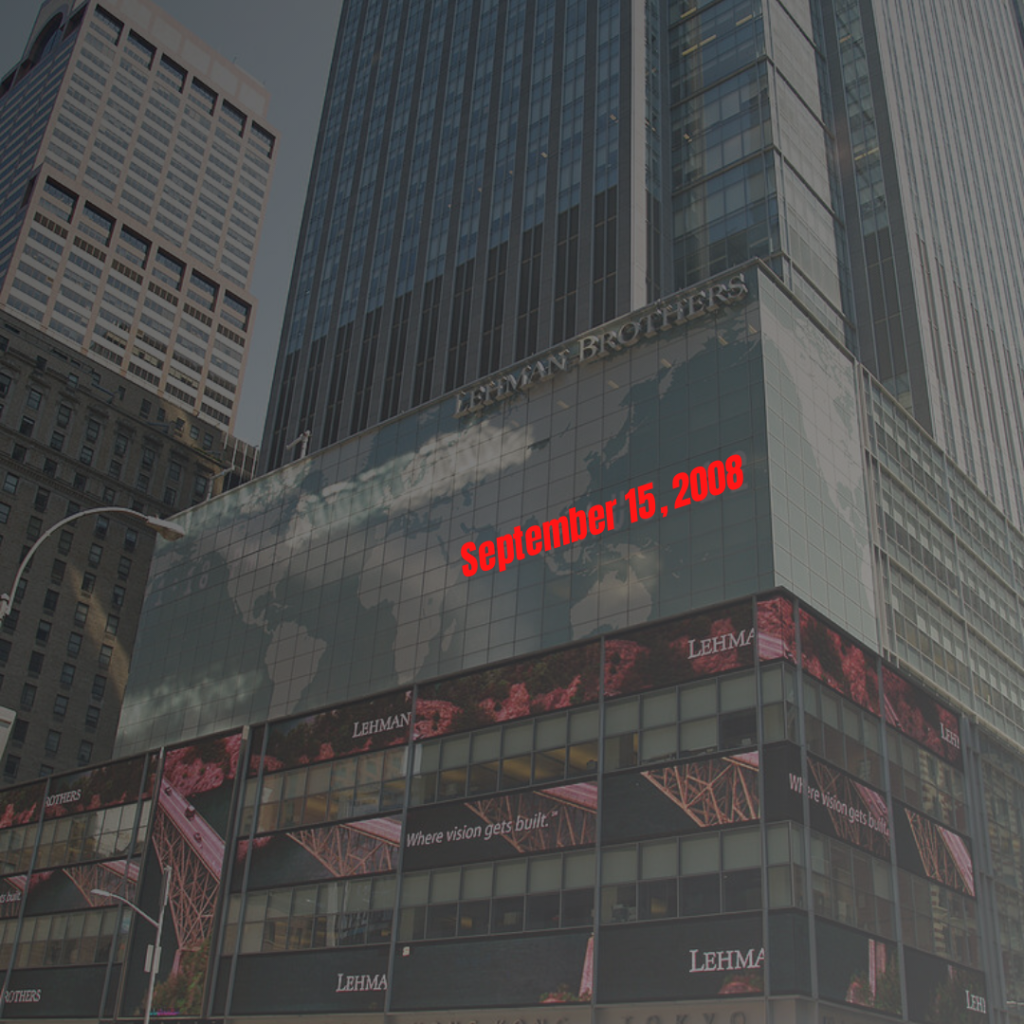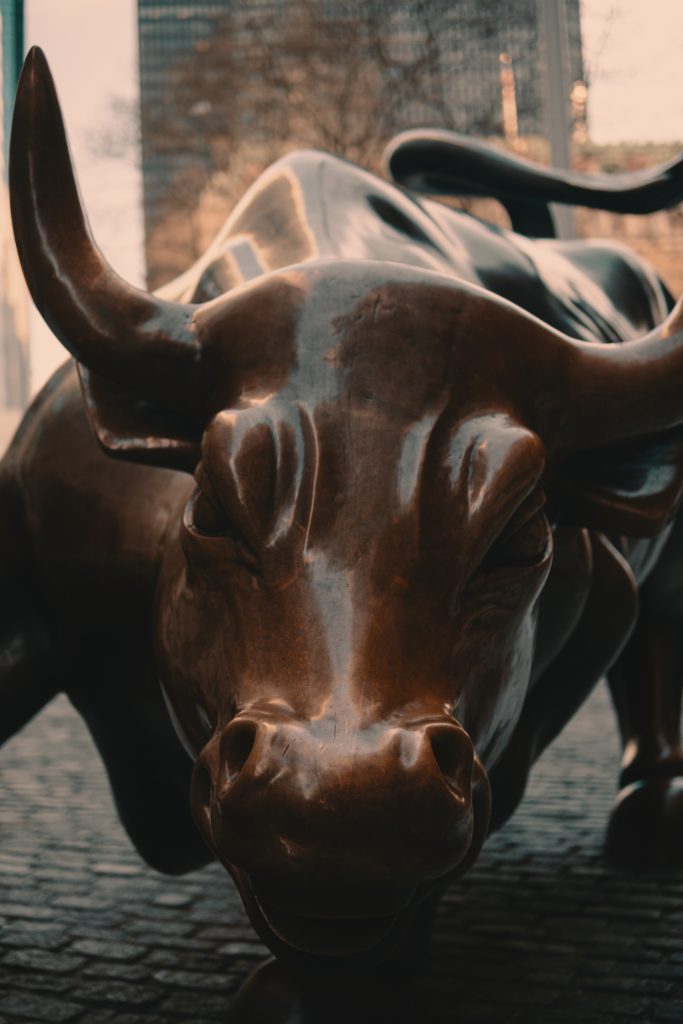
One of the advantages that the United States has in comparison to India or the European Union is that, by and large, Americans all speak the same language, English, which facilitates labor mobility. (We highly encourage all Americans to learn a second language nonetheless.)
Fiscal Union, Labor Mobility and Language
The importance of speaking the same language was under-appreciated prior to Europe’s (the eurozone’s) launch of its currency and monetary union (one currency managed by one central bank) experiment, which is more commonly known as the euro. This likely resulted in labor mobility being overestimated. (Another factor of production whose mobility is important in this context is capital.)
The United States, Europe and India are all large, democratic countries or regions. However, India, unlike Europe (more specifically, the eurozone) but similar to the United States is also a fiscal union, but like Europe and dissimilar to the United States, India’s citizens speak different languages. (Although a detailed comparison of the three areas and these aspects, fiscal union and common language, are beyond the scope of this post, it is helpful to keep these similarities and differences in mind.) Thus, unlike India and Europe, the United States benefits from both a fiscal union and a common language.
The recent headlines have been focused on fiscal transfers, i.e., the federal government, which is not required to balance its budget, “bailing out” the states, with the federal government’s transfer of funds effectively being fiscal transfers between states. However, the mainstream media has not really covered labor mobility.
OCA Theory, Labor Mobility and Language
Mundell’s (1961) paper, “A Theory of Optimum Currency Areas [OCA],” presents the considerations and factors in determining whether or not an area is to be considered an optimum currency area. Mundell (p657) says, “The problem [deciding between a system of fixed exchange rates or a currency union] can be posed in a general and more revealing way by defining a currency area as a domain within which exchange rates are fixed and asking: What is the appropriate domain of a currency area?”
Mundell (p6) states that the “argument for flexible exchange rates based on national currencies is only as valid as the Ricardian assumption about factor mobility. If factor mobility is high internally and low internationally a system of flexible exchange rates based on national currencies might work effectively enough.”
On an OCA with respect to Europe, Mundell (p661) states, “One can cite the well-known position of J. E. Meade…, who argues that the conditions for a common currency in Western Europe do not exist, and that, especially because of the lack of labor mobility, a system of flexible exchange rates would be more effective in promoting balance-of-payments equilibrium and internal stability; and the apparently opposite view of Tibor Scitovsky…who favors a common currency because he believes that it would induce a greater degree of capital mobility, but further adds that steps must be taken to make labor more mobile and to facilitate supranational employment policies.”
Europe did not meet the OCA criteria, particularly labor mobility, at the time of the creation of the euro, i.e., ex-ante, and labor and, to a lesser extent, capital mobility were presumed to rise to meet the OCA criteria ex-post, after the creation of the euro. Although, capital has flowed more freely within the eurozone, the free flow of capital comes with certain risks.
For developing countries, it can pose the risk of “hot money,” i.e. destabilizing often speculative capital inflows that can evaporate when faced with an adverse condition. For an economically developed region, such as Europe, the free flow of capital can contribute to contagion. As traded securities move quickly and easily across borders, they can spread financial disruption if there are issues with those securities.
It can be argued that the creation of the euro was more beneficial to Europe’s capital than labor. European workers are often fluent in multiple languages. Yet even workers who speak different languages are limited in the countries to which they can move unless the companies for which they will be working primarily use a lingua franca, such as English, and/or the worker is able to learn the local language.
Labor Mobility and American Cities
Since Americans share a common language, it is not an issue with respect to labor mobility. Now, let us assume a symmetric natural shock, such as a pandemic, that increases the unemployment rate in each state in the country by an equal amount, say 20%. Let us also assume that half the population that is still employed is no longer required to go to an office but can work from home.
One would find that some of these people might decide to move elsewhere with a lower cost of living to decrease their living expenses even if their incomes remain the same since their barriers to doing so are limited only by their personal preferences and the costs associated with moving. Assuming constant income and lower expenses, ceteris paribus, they would have more disposable income. Thus, under the most equalizing of assumptions, workers would still likely move from areas with a higher cost of living to a lower cost of living.
Now, let us assume the same shock, but disparate unemployment rates for each state. Richter (May 22, 2020) compiled the rates here, which are “from the monthly jobs data that is based on household surveys that were collected in mid-April,” and one can see that, for April, they range from 7.9% in Connecticut to 28.2% in Nevada. His explanation for the difference is that shutting down Nevada’s large gambling and hotel industry had a strong negative impact on its economy, which seems reasonable. (The two cities have comparable population sizes and unemployment rates for February, i.e. prior to the economic shock.)
(Note, Richter states, “Since this data was collected in mid-April, it shows unemployment rates well before their peaks. The next jobs report, to be released in early June, will show the results from household surveys collected in mid-May. And those unemployment rates may be closer to the peak.”)
In a subsequent post on the same day, Richter provided an anecdote about someone he knows who moved. Once this person was no longer required to be physically present at Google’s office in Redwood City, he moved back to his parents’ house in St. Louis, Missouri, presumably to save money primarily on housing.
Richter states that for Los Angeles, the “number of working people collapsed by 23%, or by 1.16 million people, counting from December last year, to just 3.79 million workers, the lowest number in the data series going back to 1990.”
Richter adds that the “labor force…plunged by 8.3%, or by nearly 400,000 people, to 4.76 million people, the lowest since 2003. The labor force plunged because people left the county, retired, or stopped looking for work. The unemployment rate shot up to 20%.”
This is just an anecdote and early data from one city, but it is indicative of a possible trend, workers moving from cities with a higher cost of living to ones with a lower cost of living. Once more data come out, we will revisit this topic to analyze labor mobility, which is facilitated by our common language, during and (hopefully after) this pandemic period and its relationship with unemployment.









